In 1910, Bas Tol opened his “bacon butcher’s shop” on the corner of Bergse Dorpsstraat and Kerkstraat. Currently, the fourth generation is running the business. We look toward the future but are proud of our rich past.
Read on to learn more about the rich history of our butcher shop.
Bas Tol: from farmer’s son to butcher
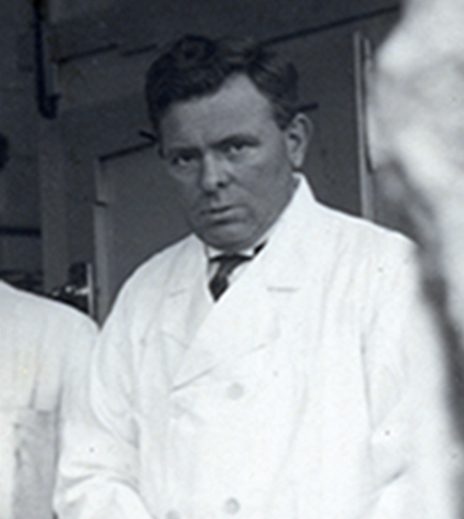
Bas Tol, son of farmer Pieter Tol in Nieuw-Beijerland, had no claim to his own farm and was sent to Rotterdam as a butcher assistant at the age of 12. As the right hand of “master butchers” Philippus Brothers on the Binnenweg in Rotterdam, he learned the craft. Philippus served the hospitality industry and the well-to-do bourgeoisie of Rotterdam.
After his marriage, Bas had the opportunity to take over the butcher shop of the Oosthoek Brothers in Hillegersberg. At that time, Hillegersberg was larger in area than Rotterdam and the brothers served the entire area with horse and carriage. When taking and delivering orders, it was customary to consume an alcoholic drink. Bas only learned about this after purchasing the business, and, being a teetotaler himself, barely made a living. He was saved by wealthy Rotterdammers who built country houses in Hillegersberg around 1910 and eventually settled there permanently.
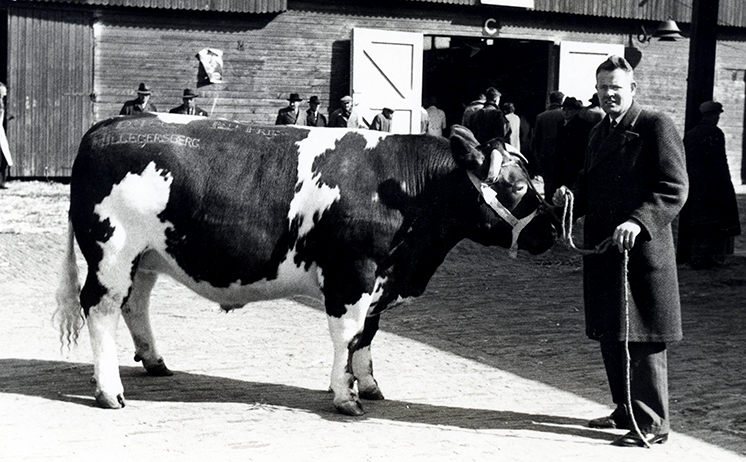
They were former clients of Philippus and old acquaintances of Bas. He knew exactly what they liked to eat, mainly the more luxurious cuts of meat. Bas found a home for the less desirable parts: he delivered them to the Bergweg Hospital and the Coolsingel Hospital. Meats were also sold – at a reduced rate – to the Adriaanstichting, a children’s home for the physically handicapped. Tol had asked his loyal customers if he could charge them a little more for their fancy steaks at the request of the home’s initiators, the De Monchy family.
Dirk Tol: butcher and art lover
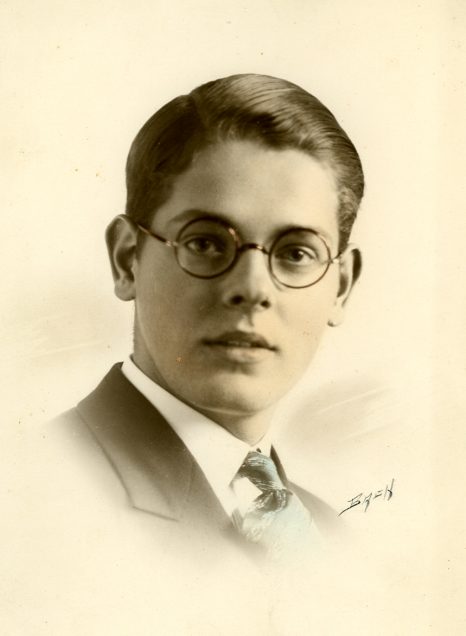
Dirk was the only son of Bas who worked in the butcher shop. When his father died unexpectedly in 1939, he was forced to take over the business. Dirk was a great lover of art and would have preferred to do something in that field, but it was the middle of the Great Depression and he had to provide for the family – all siblings but his eldest brother were studying.
With the outbreak of the Second World War, Slagerij Tol was appointed by the Germans to continue to supply the Adriaanstichting, as well as the Coolsingel and Bergweg Hospitals. Despite bringing business, it also created envy among rivals. Brother Piet was also appointed with his greengrocer’s business and received transport permits to drive food transports from Nieuw-Beijerland and Hekelingen to Rotterdam. During the occupation of the South Holland Islands, Dirk and Piet smuggled many loads of potatoes and vegetables to Rotterdam to provide food for the many people in hiding. It was their quiet resistance while being surrounded by Nazi sympathizers who could betray them at any moment.
With his artistic predilection, Dirk Tol had the shop renovated in 1947. It became an eye-catching interior featuring a semicircular counter, which was handcrafted by his grandfather Jan van Eijk. With frosted glass, stainless steel, and tiling, the shop was a real work of art.
A few years later, a bus drove into the building of the tobacconist next to the butcher’s shop. Due to the damage, Tol’s beautiful corner building had to be demolished. During the reconstruction period (1955), Dirk, together with his brother Bas, who was an architect, designed the new building and the modern layout of the butcher’s shop as it still stands today. It took the interior from 1910 as the design fundament but incorporated artistic details of the 1947 interior.
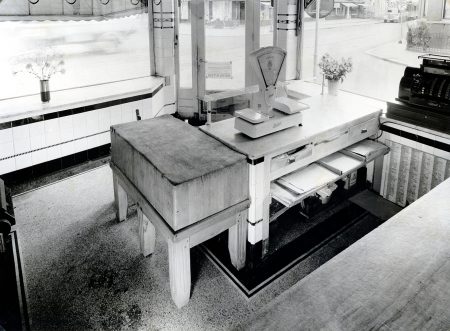
Bas Tol Jr: idiosyncratic craftsmanship

In 1957, 17-year-old Bas Tol reluctantly joined the company. Too proud to apply for a job, he went to work for his father. Father and son often clashed, and Bas didn’t like it all: he thought he knew everything better and wanted everything to be different and improved. Dirk avoided the confrontation and let Bas go his own way because he saw an opportunity to start the museum he’d always dreamed of.
The ‘B’ was hung back on the store façade when Bas Tol Jr. took over, and he infused the business with his culinary ideas and vision. Like his grandfather, he insisted on selling only the best quality products, but he also made them truly outstanding with his idiosyncratic craftsmanship. This approach made him misunderstood by colleagues (which is still the case). His ideas about good cattle formed the basis of a pedigree herd. A herd that has helped determine distinctive quality since the 1980s.
An arty store without meat: Bas was adamant that quality would sell, even when it wasn’t flashily displayed. Because who has ever seen an advertisement for a Rolls Royce? Exactly!
Jan-Willem Tol: an outlook for the future
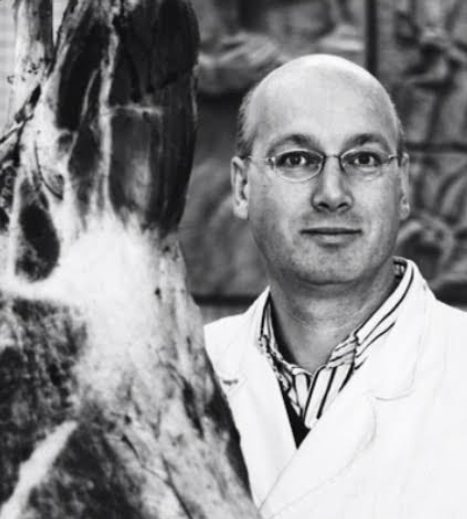
1989 marked the arrival of Jan-Willem, the fourth-generation Tol, and a bright future lay ahead. Maintaining the quality course set by Bas Senior and the culinary direction set by Bas Junior was no easy task for Jan-Willem. It was up to him to keep what was good and to modernize where needed. This was, and is, an ongoing struggle because his father Bas is just like a clockmaker: he only approves if Jan-Willem can do it better than him. A challenge that Jan-Willem is not afraid of: Bas wants it better.? Then he can get it better! Father and son have been working together for over 25 years.
Today’s era comes with its own challenges: quality is timeless, but a 100-year-old company will never be as hip as a start-up. And how can one sell a distinctive taste when everything is first assessed visually nowadays? The idiosyncratic approach of the business has become its greatest threat, but gaining the trust of a new generation of clients is a challenge Jan-Willem has gladly taken on.



